Seasonal Autumn Fruit
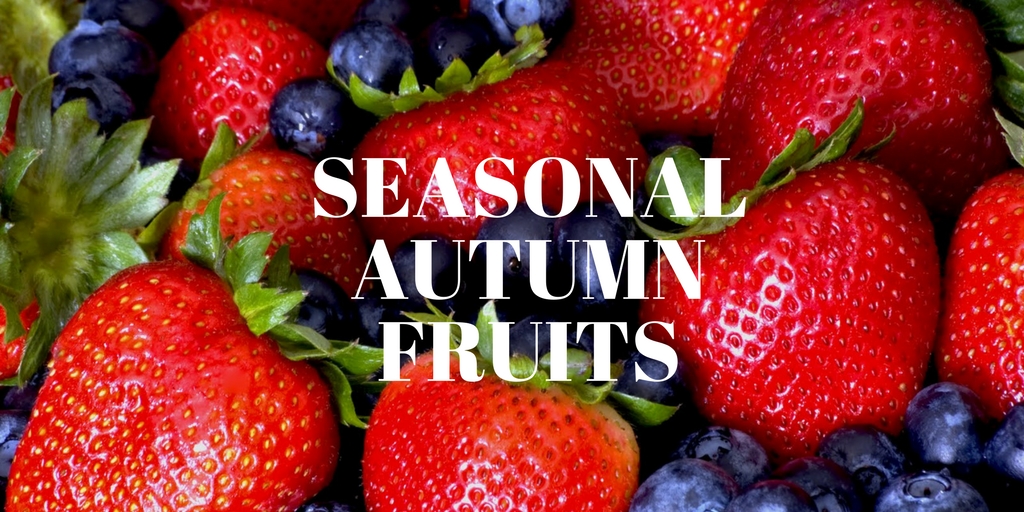
New healthy eating guidelines from the Department of Health, recommend that we consume 5-7 portions of fruit and vegetables daily for optimum health. It is suggested that the majority of our fruit/veg intake comes from veggies rather than fruit because of the lower sugar content contained in vegetables. However, autumnal fruit are some of the best for making nutrient-packed smoothies, delicious jams and hearty desserts. And therefore, my lovely readers, seasonal autumn fruit deserves a dedicated blog post!
Blackberries
There’s not a hedgerow in the country at the minute that isn’t flush with delicious, juicy blackberries. They’re so good up in Monaghan that my dog sometimes takes the notion of eating them! I was lucky to have the pleasure of foraging along the Boyne in Slane where the blackberries are second to none and the scenery is equally as pleasing.
I tend not to use blackberries in many of my desserts because their tartness lends itself to copious amounts of sugar being required. I much prefer to add them to refreshing fruit salads at breakfast or post-run smoothies or simply, eat them straight from the hedges.
Blackberries are here for a good time, not a long time. Get them now while you can!
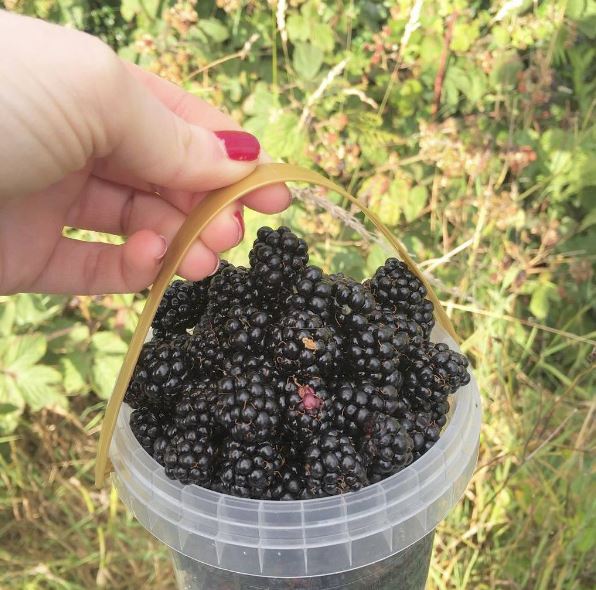
Bramley Apples
Most strongly associated with County Armagh, “The Orchard County”, Bramley apples are an autumnal staple in many Irish households, especially around Hallowe’en. The Bramley Apple is the most popular cooking apple in Ireland and the UK, stewing down to produce the most delicate, “fluffy” apple puree you can imagine – perfect for traditional apple tarts, on your pancakes or as an accompaniment to pork! Why not try adding a side of stewed apple to your next pork dish from DropChef. I guarantee you’ll not be disappointed.
I am honestly very envious of anyone who has daily access to a Bramley apple tree #SadFace
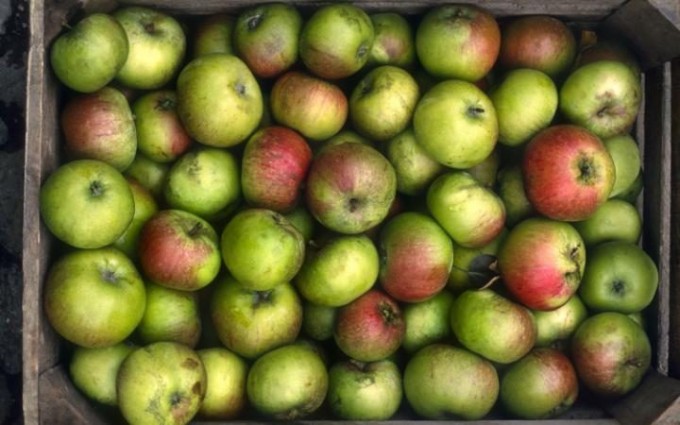
Strawberries
Similar to the blackberries, and most of the berries for that matter, strawberries are currently in season but will have disappeared once we pass early September. Unfortunately, it’s rare to find strawberries growing wild in the hedgerows but they’re not too difficult to grow at home and the taste of home-grown berries is no comparison to that of the imported varieties.
Did you know?
Botanically, strawberries are not classified as fruits as their seeds are on the outside (as opposed to the inside) meaning they are a “plant”. Strawberries are a member of the Rosaceae (Rose) Family and each berry holds approximately 200 seeds.
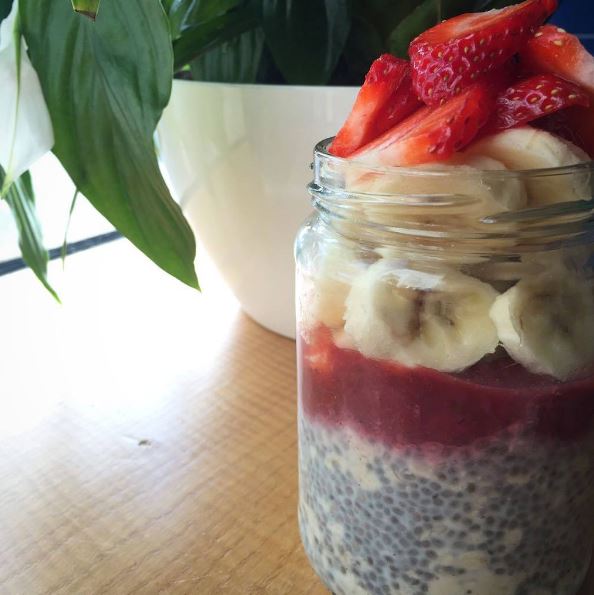
For anyone who follows The Baking Nutritionist on Facebook or Instagram, you’ll be aware that I reference the smell of freshly baked brown bread too frequently. Now imagine warm soda bread, fresh from the oven, topped with a spread of butter and a dollop of strawberry and apple jam. You’re salivating now, I know it! Apples are a fantastic addition to jams as pectin, a naturally present sugar, can act as a setting agent, minimising your risk of runny jam.
If jam isn’t your gig, why not make a juicy rhubarb and strawberry crumble, probably one of the easiest, quickest and most satisfying desserts I ever learned to make when I took Junior Cert. Home Economics. I love to add strawberries to my overnight oats or for a savoury twist, add hulled and quartered strawberries to a salad with a little balsamic dressing for something new and creative. I’ll be doing so next week with the delicious Drop Chef Cobb Salad.
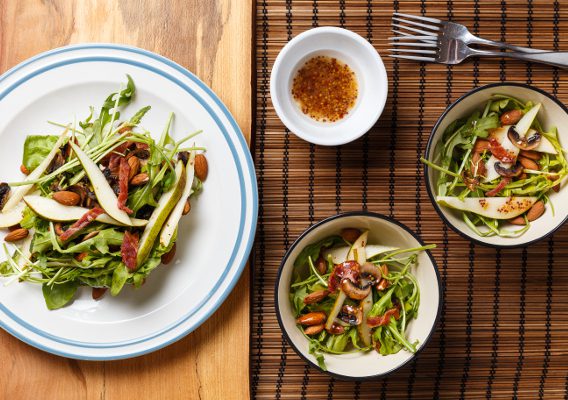
Remember, including fruit in your diet is important for good health. While fruit is seasonal, advances in growing, processing, shipment and preserving techniques means that it is possible to get your hands on most varieties all year round.
Eat the Rainbow: Lots of variety = Lots of colour = Lots of nutrients
To keep up to date with what is in season, check out Bord Bia’s nifty calendar of seasonal availability for fruit, vegetables and herbs.
- Amy Meegan, BSc (Hons) Human Nutrition, UCD
- Facebook: The Baking Nutritionist
- Instagram: thebakingnutritionist
delivered weekly to your inbox!
[ninja_forms id=162]
